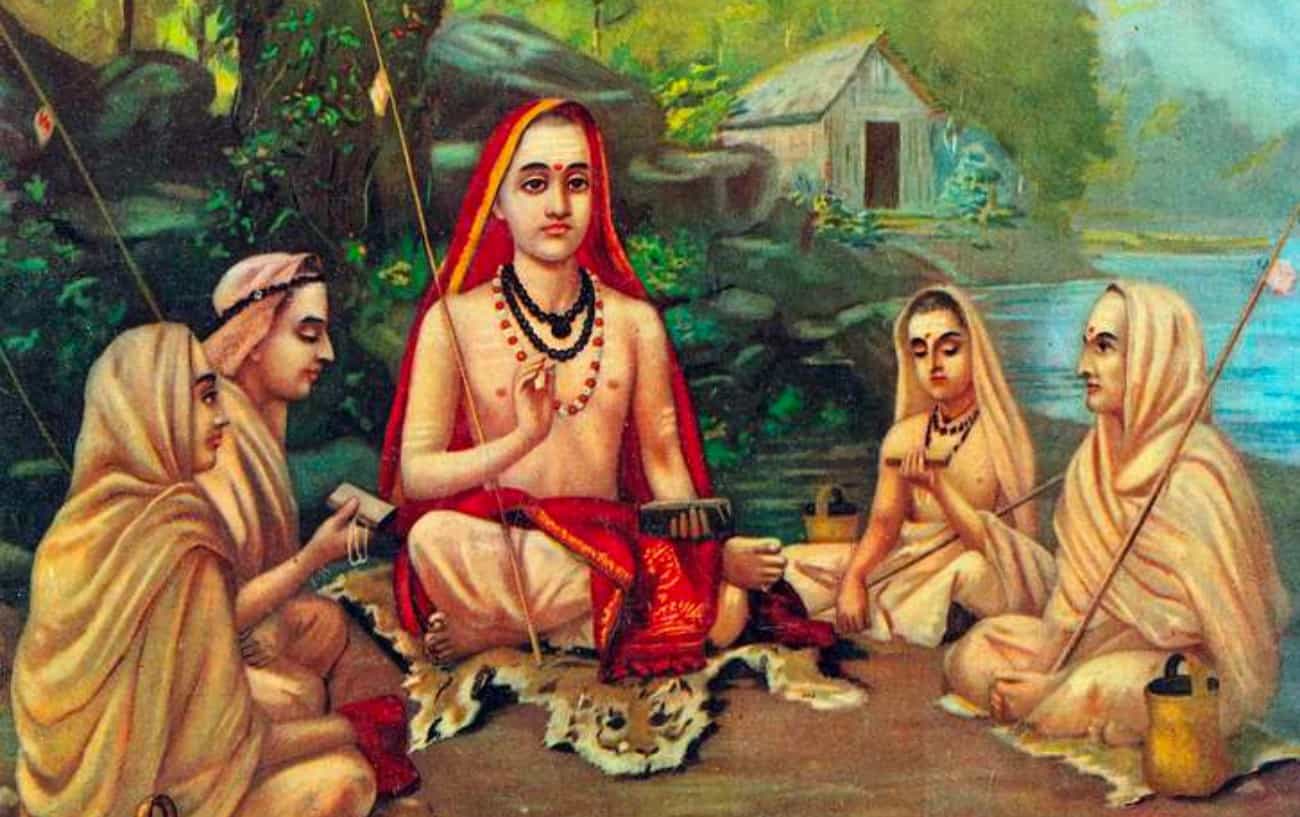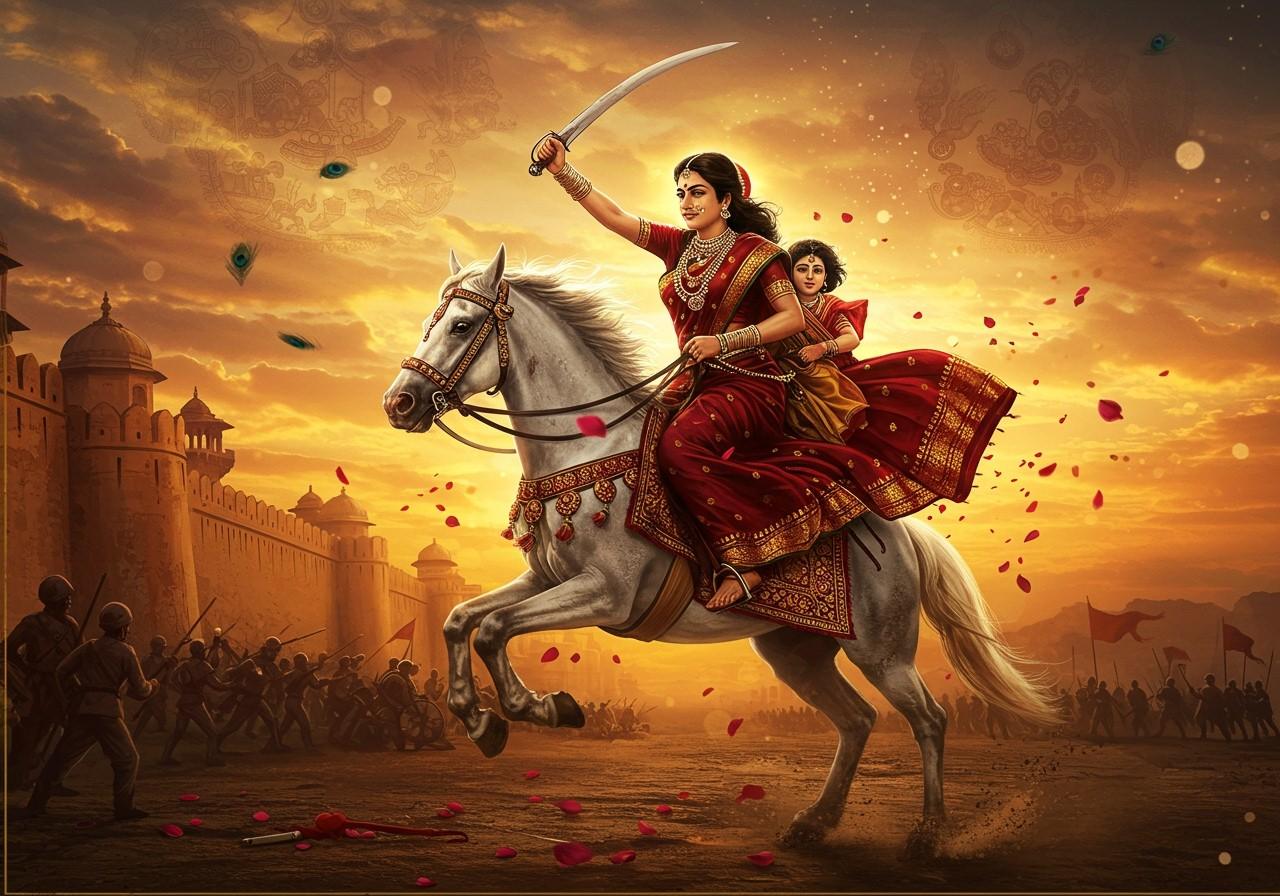By - Dr Bhupendra Kumar Sullere
The Upanishads, often referred to as Vedanta, are a collection of ancient Indian texts that form the philosophical foundation of Hinduism. They are considered the concluding part of the Vedic scriptures, which date back to as early as 1500 BCE. The Upanishads explore profound spiritual and metaphysical concepts, providing insight into the nature of reality, the self, and the ultimate purpose of human existence. The word “Upanishad” itself means “sitting down near” or “sitting at the feet of,” suggesting a close and intimate relationship between the teacher and the student. It is in this intimate setting that the essence of the Upanishads is imparted.
The Quest for Knowledge: At the heart of the Upanishads lies a deep quest for knowledge. The sages and seers of ancient India sought to understand the fundamental truths of existence, transcending the limitations of the material world. They pondered profound questions: Who am I? What is the nature of the universe? What is the ultimate reality, and how can one attain it? These inquiries were not merely academic exercises but were central to the spiritual quest for self-realisation and enlightenment.
Oneness of the Self and the Ultimate Reality: The Upanishads expound the concept of “Brahman,” the ultimate reality that underlies and transcends the entire universe. This ultimate reality is often described as formless, infinite, and beyond all dualities. It is the source and essence of everything, including the self, or “Atman.” The Upanishads teach that realizing the oneness of the individual self (Atman) with the universal self (Brahman) is the key to spiritual awakening. This realisation is at the core of many spiritual
traditions, including Hinduism.
The Process of Self-Realisation: Self-realisation, as described in the Upanishads, is a profound and transformative journey. It involves meditation, introspection, and self-inquiry. The seeker delves into their consciousness to uncover the truth of their existence. This process of self-realisation leads to the dissolution of the ego and the recognition of the unity that underlies all of creation.
Liberation from the Cycle of Samsara: The Upanishads also address the concept of “Samsara,” the cycle of birth, death, and rebirth. They assert that the ultimate goal of life is to break free from this cycle and attain “Moksha” or liberation. Through self-realisation and union with Brahman, one can achieve liberation, ending the cycle of suffering and reincarnation.
Ethical and Moral Guidance: While the Upanishads focus on metaphysical and spiritual matters, they also provide ethical and moral guidance. They emphasise the importance of virtues such as truthfulness, non-violence, compassion, and self-discipline. These qualities are seen as essential for one’s spiritual progress and for living a harmonious and meaningful life.
A Universal Message: The teachings of the Upanishads transcend cultural and religious boundaries. Their emphasis on the universal truths of existence, the oneness of all beings, and the importance of self-realisation can resonate with people of diverse spiritual backgrounds. The Upanishads have influenced not only Hinduism but also the development of other philosophical and spiritual traditions, including Buddhism and various schools of Indian philosophy.
Living the Wisdom of the Upanishads: The essence of the Upanishads is not confined to ancient texts but is a living philosophy that continues to inspire and guide seekers on their spiritual journeys. To truly understand the essence of the Upanishads, one must engage in spiritual practice, meditation, and self-inquiry. It is through direct experience and realisation that the profound wisdom of these texts can be fully appreciated. The Upanishads are a treasure trove of spiritual wisdom that offers profound insights into the nature of reality and the path to liberation.






